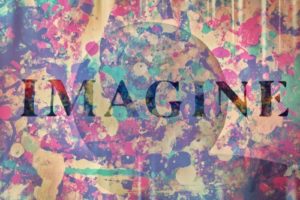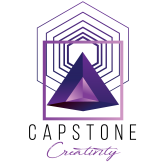
Creative Visualisation has been described in various different ways by various people.. According to Wikipedia, it is described as a
cognitive process of purposefully generating visual mental imagery, with eyes open or closed, simulating or recreating visual perception, in order to maintain, inspect, and transform those images, consequently modifying their associated emotions or feelings, with intent to experience a subsequent beneficial physiological, psychological, or social effect..
In simple terms, it is an exercise by which you apply your 5 major senses using your imagination in the direction of your desired objective or goal.
This has been a relatively close guarded secret in terms of length of time that this method of goal achievement has been used. It has only been in recent year that this practice has become more and more mainstream. It has been practiced by the current greats in all fields of excellence – From sports, academia, science , public speaking – in pretty much all fields of endeavour creative visualisation has been used to get ahead. Lets use and example: You have a major speak to give tomorrow for that new project that your about to deliver, the only problem is that you’re absolutely horrified by giving speeches in front of crowds. The very thought of this alone sends your a levels of anxiety skyrocketing. And as the hours clause in until the big speech, your mind begins to play tricks on you like imagining people laughing at you at the end of your speech or even during.
Now consider this approach with regard to creative visualization. Long before the day of the speech, you will have created in your mind or imagination the positive outcome of your speech. By using the senses of sound sight, touch taste and feel including your emotions, your preparation with creative visualisation will have gone similar to this:
- Sound – The sound of people applauding as you finish off your speech.
- Sight – The look on peoples faces around the room as they react positively to your project presentation.
- Touch – The feel of the many handshakes you receive as people rush to congratulate your performance.
- Taste – The taste of a celebratory drink (insert favourite beverage here) as you talk amongst colleagues.
- Emotion – The feeling of a positive high as you stand in front of the crowd having just delivered the last word.
Repeating this several times during the lead up to your speech will have created the grooves in your mind in such a way that it will begin to automatically expect this to happen to the point that it prepares your body and senses to do the exact same thing on the day just as you have practiced during your preparation. The mind does not discriminate between what we perceive as reality and mind space/energy.
Speaking with one of our Personal Alchemists, we can teach you the proper and correct method of applying these techniques and the supercharging it so that you can embed these skills in order that you automatically achieve your goals. Contact us now to learn more or learn in your own time with the Capstone Pattern book.
